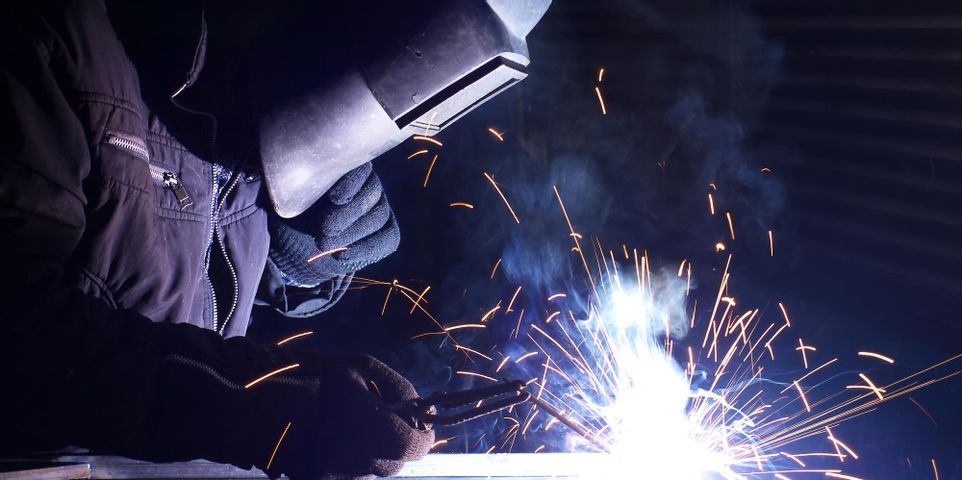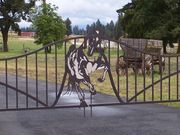
While it is a difficult process that requires an experienced and careful welder, it is possible to weld different metals together. In steel fabrication, for instance, it is sometimes helpful to add aluminum. There are several advantages to doing so across a variety of industries, as well as some risks for such a challenging task. Here’s a closer look at everything you need to know about the process.
Understanding Dissimilar Metal Welding
What Are Some Applications of This Process?
The main reason to weld two different types of metals is to infuse the finished product with the best qualities of each material. For instance, some automotive manufacturers fuse steel and aluminum to create a hybrid that boasts steel’s powerful strength as well as aluminum’s lightweight nature. The strength adds to the durability and longevity of the car, while the lightweight aspect helps it stay fuel efficient.
 Another example is lithium-ion batteries, which feature cobalt to promote maximum integrity. Because cobalt is both expensive and toxic in large amounts, manganese is subbed in and welded with the cobalt. There are further applications in manufacturing industries such as aerospace, where engineers need metals to handle tremendous pressure while also being lightweight.
Another example is lithium-ion batteries, which feature cobalt to promote maximum integrity. Because cobalt is both expensive and toxic in large amounts, manganese is subbed in and welded with the cobalt. There are further applications in manufacturing industries such as aerospace, where engineers need metals to handle tremendous pressure while also being lightweight.
Which Factors Determine Whether It’s Possible?
While the metals may be dissimilar, they must share certain characteristics. The first factor is whether each metal has a similar solubility. If they do, then when the particles break down, they will be able to fuse. Their melting points and resistance to corrosion must be within a certain range as well. A welder will also need to assess the thermal expansion behavior of each metal to ensure that they won’t become deformed as strong heat is applied. The reason aluminum and steel fabrication is possible is that they share enough of these characteristics.
What Can Go Wrong?
Because there are so many variables to consider and calculations to adhere to, it’s not uncommon for the process to yield an unstable weld. In some cases, the metals have too much of an electrochemical distance and they become overly susceptible to corrosion. In other situations, the different melting points can create a situation where one of the metals changes shape due to thermal expansion. Ultimately, if the strength of the metals is too dissimilar, the weld will crack as the unit is confronted with high pressure.
If you have a welding job in mind, it’s wise to work with an experienced company like Currier's Certified Welding in Kalispell, MT. Serving the community since 1972, the steel fabrication team has the knowledge and training to construct a wide variety of metal creations from wrought iron gates to custom flatbeds. To talk to them about your specific welding needs, just call (406) 752-2366. Learn more about the steel fabrication company by visiting their website.
About the Business
Have a question? Ask the experts!
Send your question

